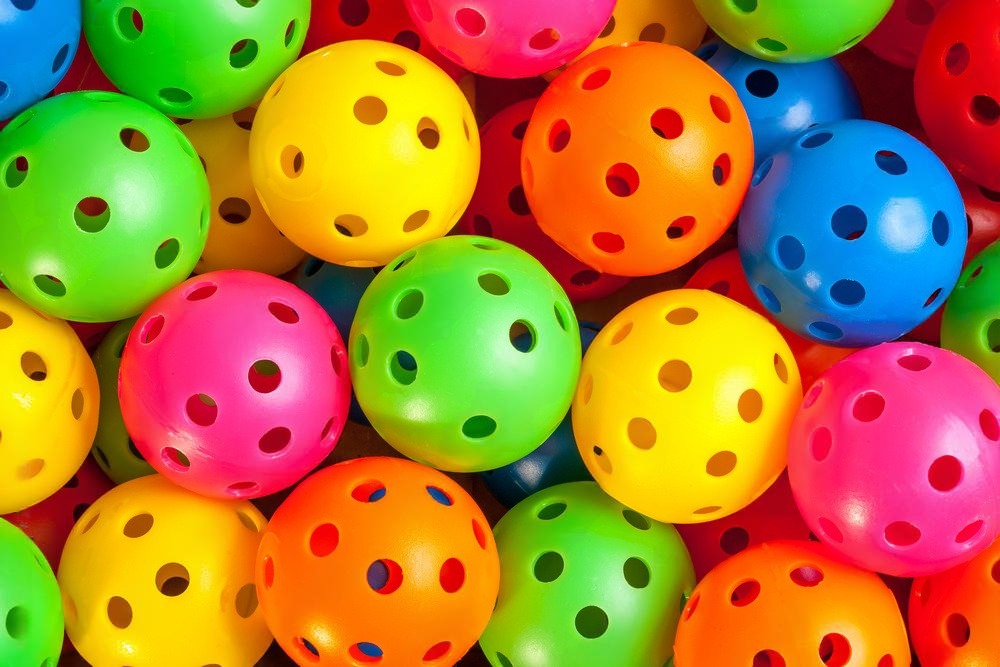Not all pickleballs are created equal. The right ball can make a big difference in your game, depending on where and when you play. Here’s a breakdown of the key differences between indoor vs. outdoor balls and what to consider for summer vs. winter conditions.
1. Pickleball Size & Standards
- Official Size: 2.87–2.97 inches in diameter (about 74–76 mm)
- Weight: 0.78–0.935 ounces (22–26.5 grams)
- Material: Hard plastic (polyethylene or similar)
All USAPA/USA Pickleball–approved balls must fall within these ranges, but performance still varies by type.
2. Indoor vs. Outdoor Pickleballs
Indoor Balls
- Holes: 26 larger holes
- Material: Slightly softer, easier to control
- Bounce: Higher bounce, slower speed
- Durability: Less wear since indoor courts are smoother
- Best for: Control, rallies, finesse play
Ideal for gyms, recreation centers, and smooth wooden surfaces.
Outdoor Balls
- Holes: 40 smaller holes
- Material: Harder plastic for wind resistance
- Bounce: Lower bounce, faster play
- Durability: Must withstand rough asphalt/concrete, cracks more common
- Best for: Power hitters, competitive matches
Ideal for asphalt or concrete courts, especially in windier conditions.
3. Seasonal Considerations: Summer vs. Winter
Summer (Hot Weather)
- Heat makes balls softer, leading to quicker wear.
- Outdoor balls may feel “mushy” and lose shape faster.
- Best choice: Slightly firmer outdoor ball to handle higher temperatures.
Winter (Cold Weather)
- Cold makes plastic brittle, so balls crack easily.
- Outdoor balls especially prone to splitting on hard courts.
- Best choice: Indoor ball or a ball designed for cold resistance (softer plastic blend).
Pro Tip: Many competitive players keep two sets of balls — one for warm-weather play and one for colder months.
4. Matching the Ball to the Player
| Player Style | Recommended Ball | Why |
|---|---|---|
| Beginner | Indoor ball | Easier control, longer rallies |
| Control Player | Indoor ball | Softer, higher bounce, easier placement |
| Power Hitter | Outdoor ball | Faster, lower bounce, more aggressive play |
| Cold-Weather Player | Indoor/cold-weather outdoor ball | Prevents cracking, softer plastic |
| Competitive Outdoor Player | Outdoor ball (40-hole, firmer plastic) | Faster pace, more durability |
Final Takeaway
When choosing a pickleball ball, consider where you’re playing, the climate, and your play style. Indoor and outdoor balls are designed differently to optimize performance, and seasonal conditions can make a big difference in ball durability.
At SwiveGear, we supply indoor, outdoor, and custom-branded pickleballs engineered for durability and performance in all conditions — helping players and brands find the right match for every court.

